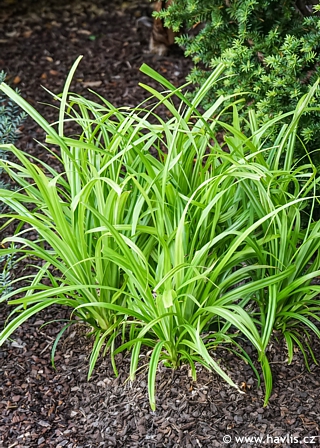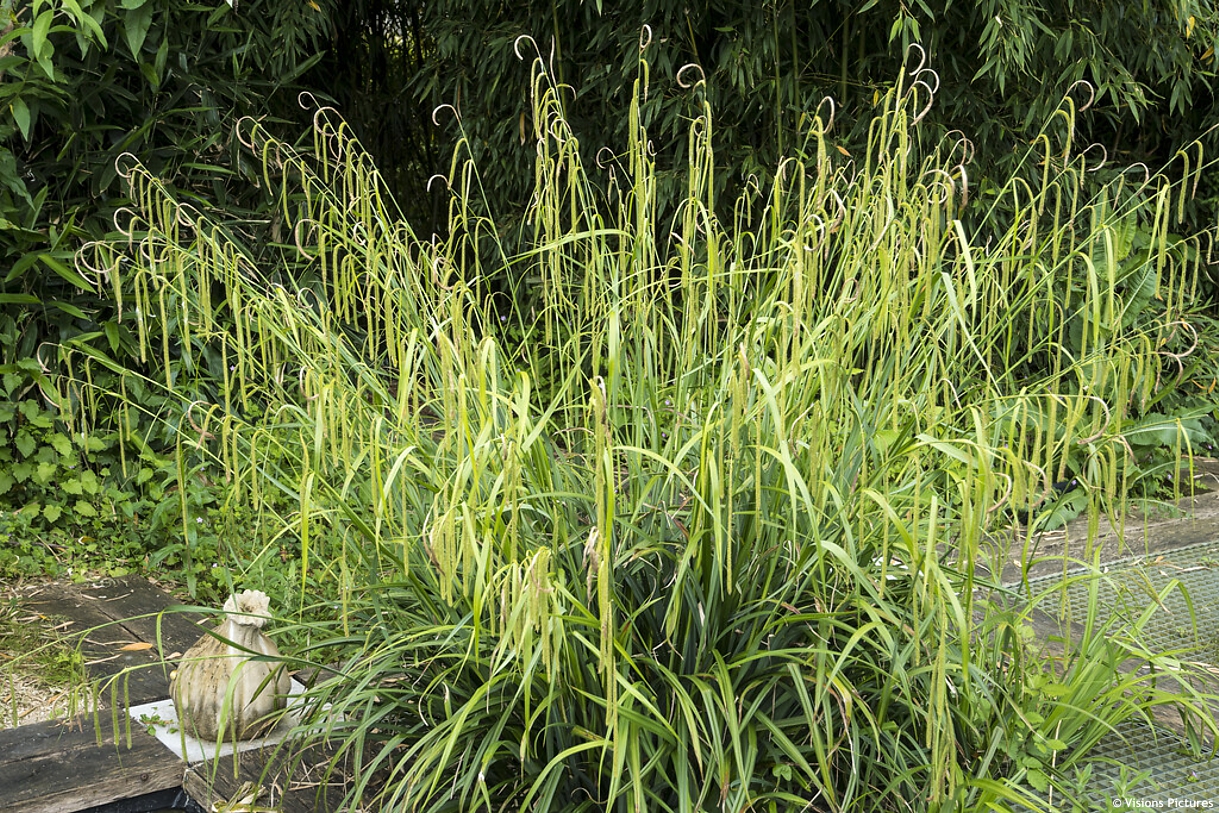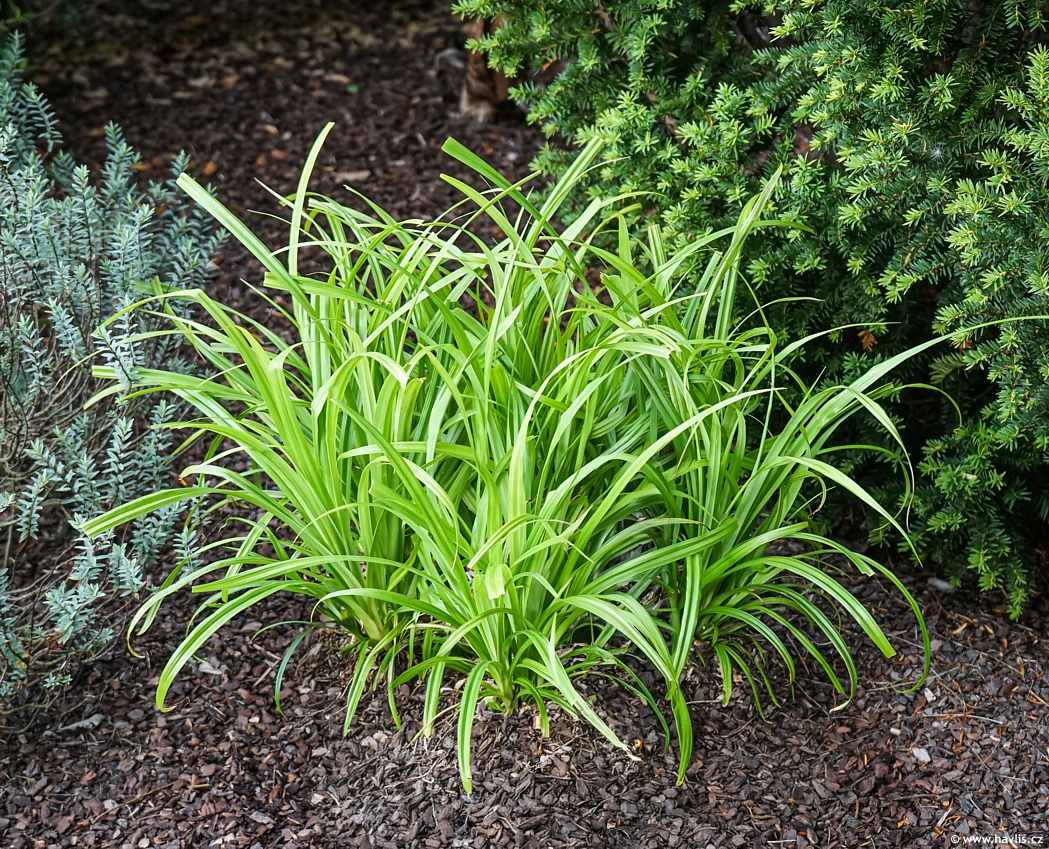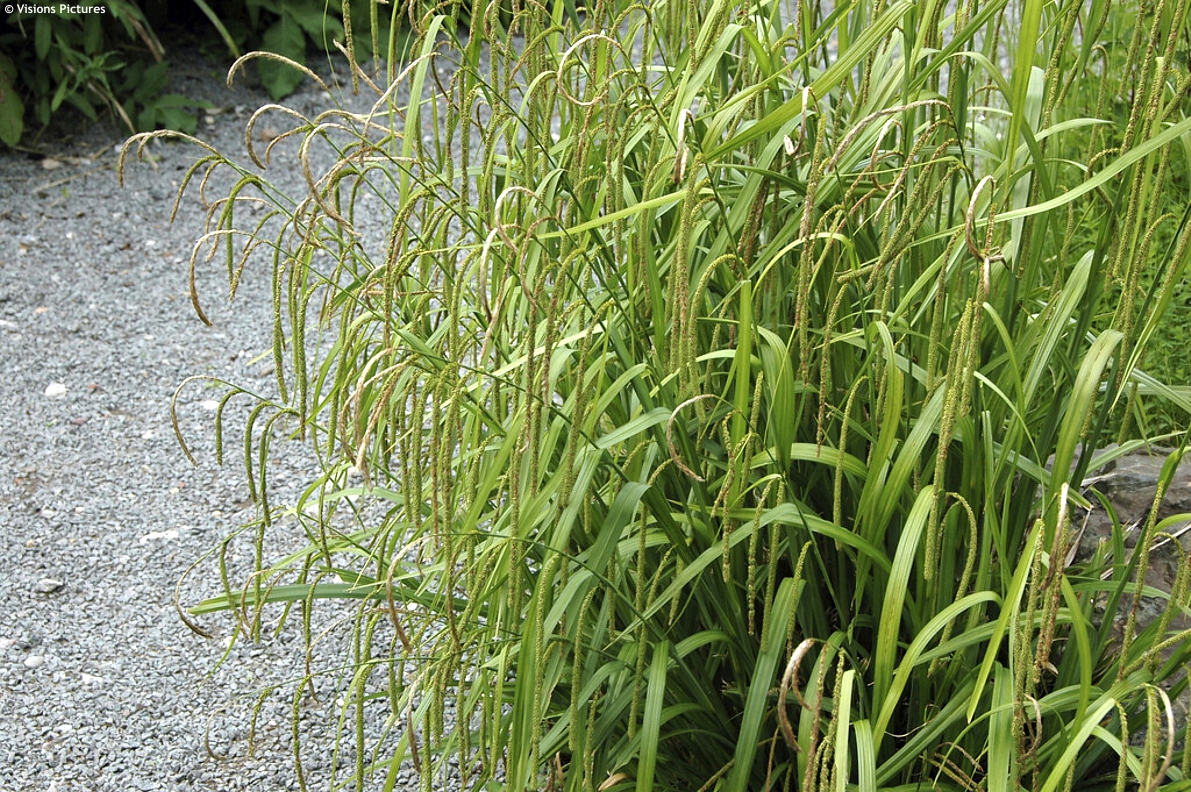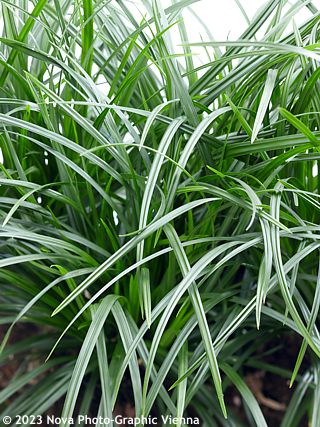Carex pendula pendulous sedge


Carex
Sedge (carex) is an extensive genus of evergreen and deciduous grasses, for which there is a uniting feature, so important that it gave them their scientific name – leaf margins are more or less sharp like precisely cut sheets of office paper. There are more than 1,500 (some believe up to 2,000) species of sedges and they appear in practically all climate types from the hot tropics to arctic regions, where they form one of the most important groups of flora that is able to survive in such inclement conditions. They differ in size, colour, leaf width, flowering, and habit. Some are tufted, others are rhizomatous and creeping so they can form an impenetrable ground cover. Most sedges, including those that are native to Central Europe, are naturally found in moist to wet habitats, which is quite a paradox, since many of them cope well with long-term drought if they are not in a sunny location.Its leaves are commonly 40-50 cm long and 2 cm wide, but in ideal conditions they can grow up to one meter long. They are green and glossy, in acidic soils the green is darker, in alkaline soils it is lighter and the edges are not sharp. From May rise 1-2 m long stems topped with flowers – arching catkin-like spikes. At the tip of the stem there is always a male flower which is beige to bronze (mostly one, rarely two) and below there several longer, female, greenish flowers. They can be up to 26 cm long and thanks to the abundant flowering they look really impressive.
Evergreen sedges cultivated in zones 4 to 8 are usually low-maintenance plants requiring no extra care once established. Though, removing its foliage after winter will enhance brand new, fresh green growths if old leaves are unsightly. Otherwise, they are often used for landscapes where neglect is expected. They prefer part shade to shade but grow in full sun, too, if regularly watered. Pendulous sedge lives happily in clay and loves moist to damp sites and humus-rich soil which makes it an ideal grass for places where most other (rather drought-loving) grasses do not grow. It loves best partial sun but copes with full sun (with wet feet) or full shade. Hardy to abt. -34 °C (USDA zone 4).
Last update 23-08-2024
Goods are shipped all over Europe. For Russia and U.K. and for further details please read about SHIPPING OPTIONS HERE.
Are you interested in a serious discount for orders NOV-FEB? Check your options here.
THE PRICES INCLUDE VAT of 15%. For quick conversion you can use 1 CZK = approx. 0.04 EUR
- STANDARD QUALITY - Plants of this group are 1st class quality with number of branches and overall density adequate to their size and age, considering they were container grown.
- DE LUXE QUALITY - This label guarantees a luxurious quality of manually selected plants that, compared to their height and age, are exceptionally dense and beautiful.
- EXTRA - These plants are usually mature and bigger specimens with exceptional overall appearance.
- STANDARD (as described in the plant form) means a tree with a trunk of 190-210 cm and a crown at the top, unless specified differently. The commercial size for trees is their girth measured in the height of 1m from ground.
- HOBBY - These plants are of the same quality as our standard-quality plants but younger and therefore cheaper.
- SHRUB - a woody plant with branches growing bushy from the ground level.
- HALF-STANDARD or MINI-STANDARD - a small tree with shorter trunk, its size is usually specified.
- FEATHERED - These are trees with branches growing already from the base of the trunk and up along the stem.
- GRASSES and PERENNIALS - Sizes given usually read the diameter of the pot or the clump, as specified.












